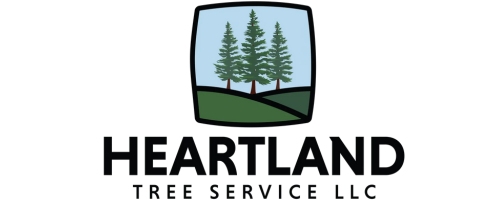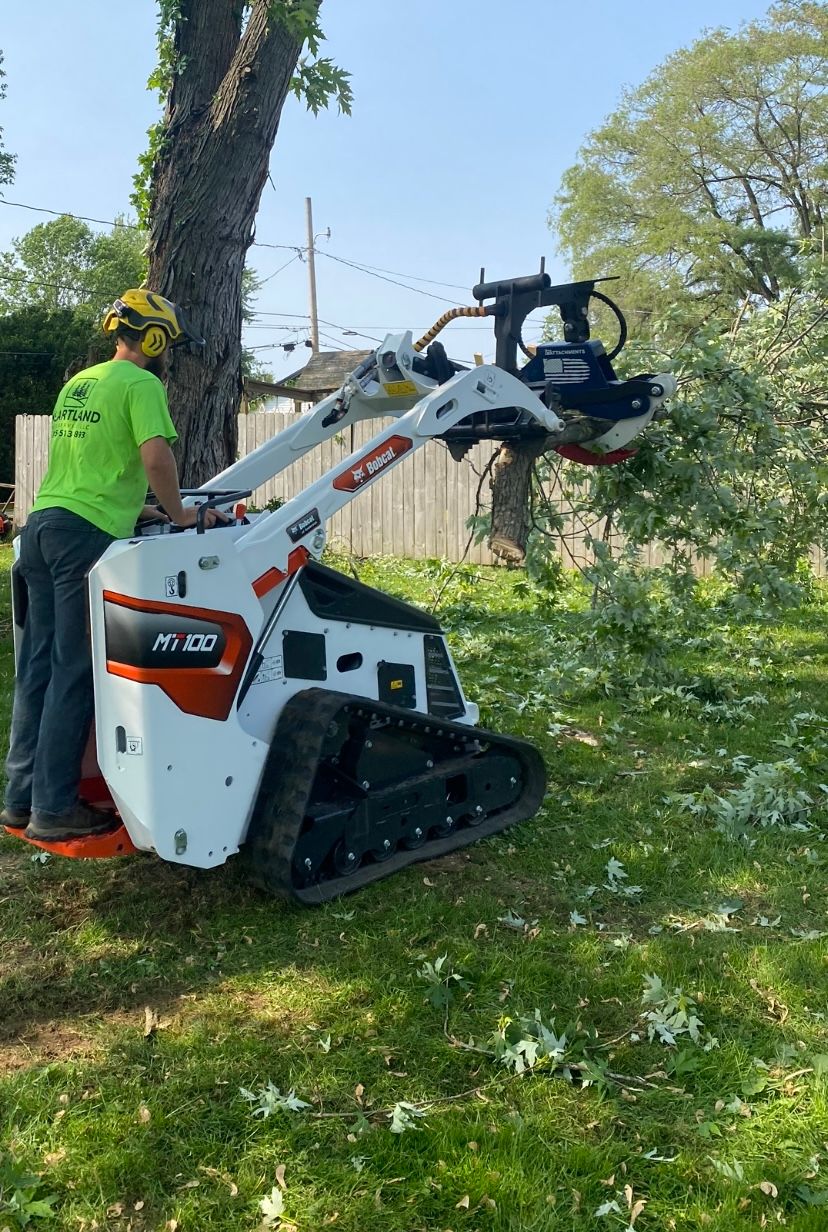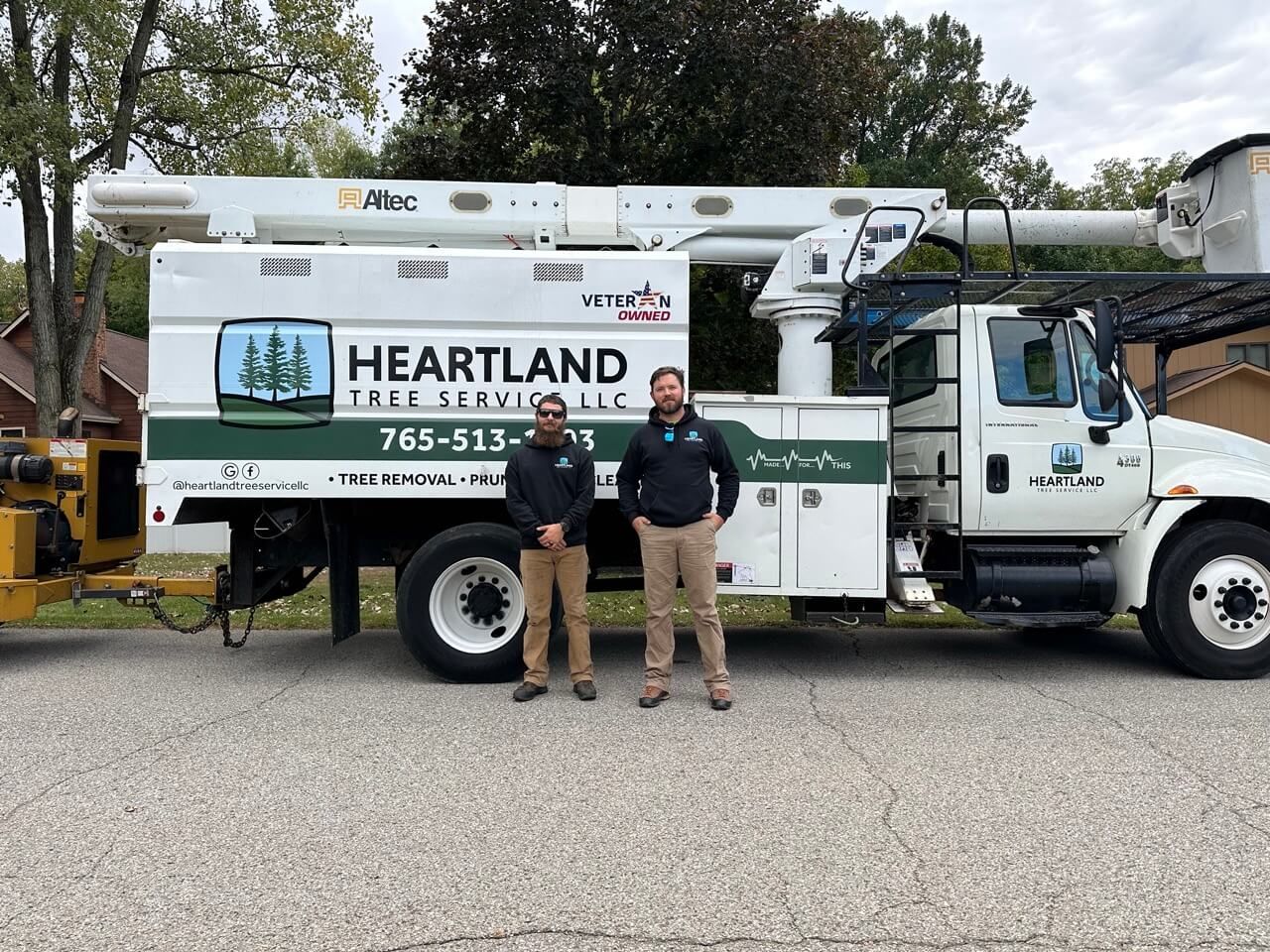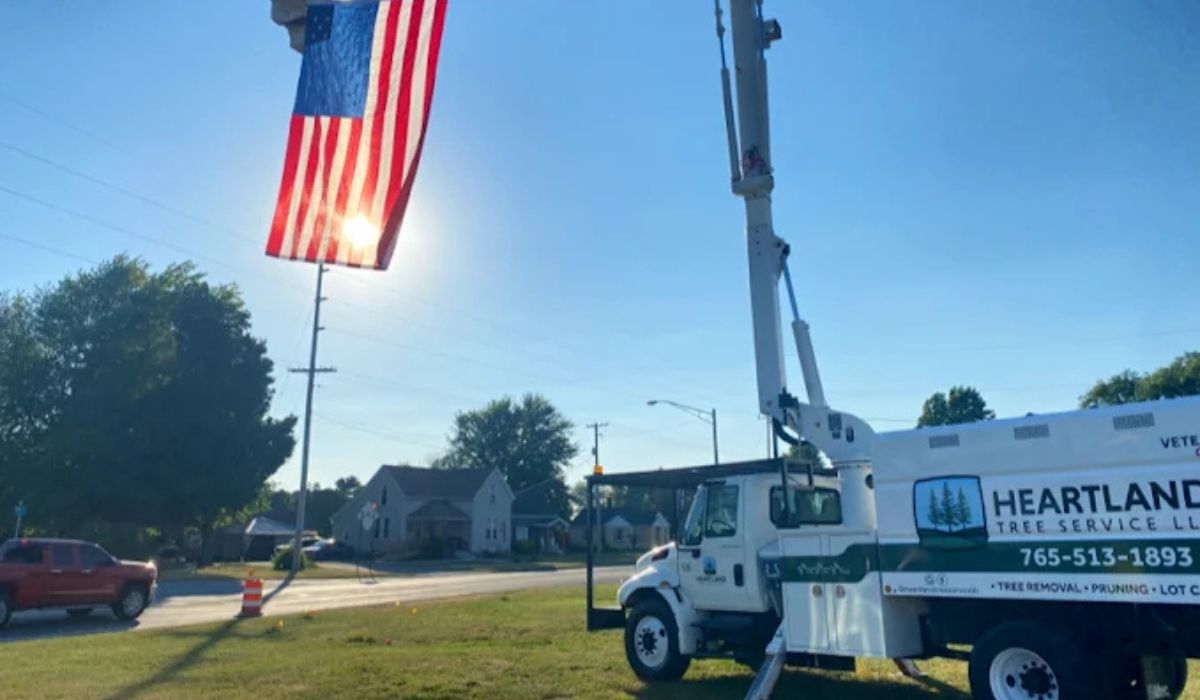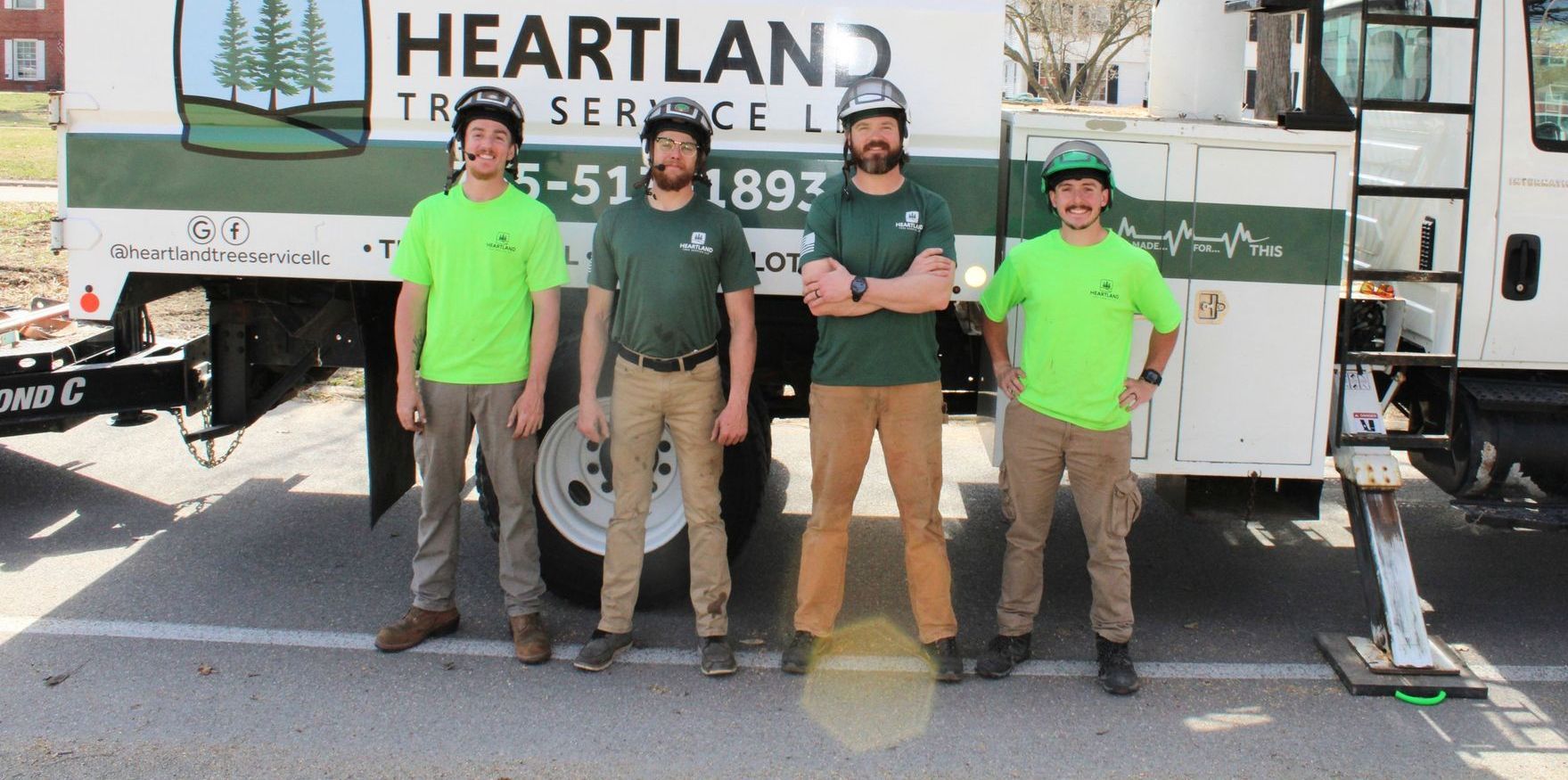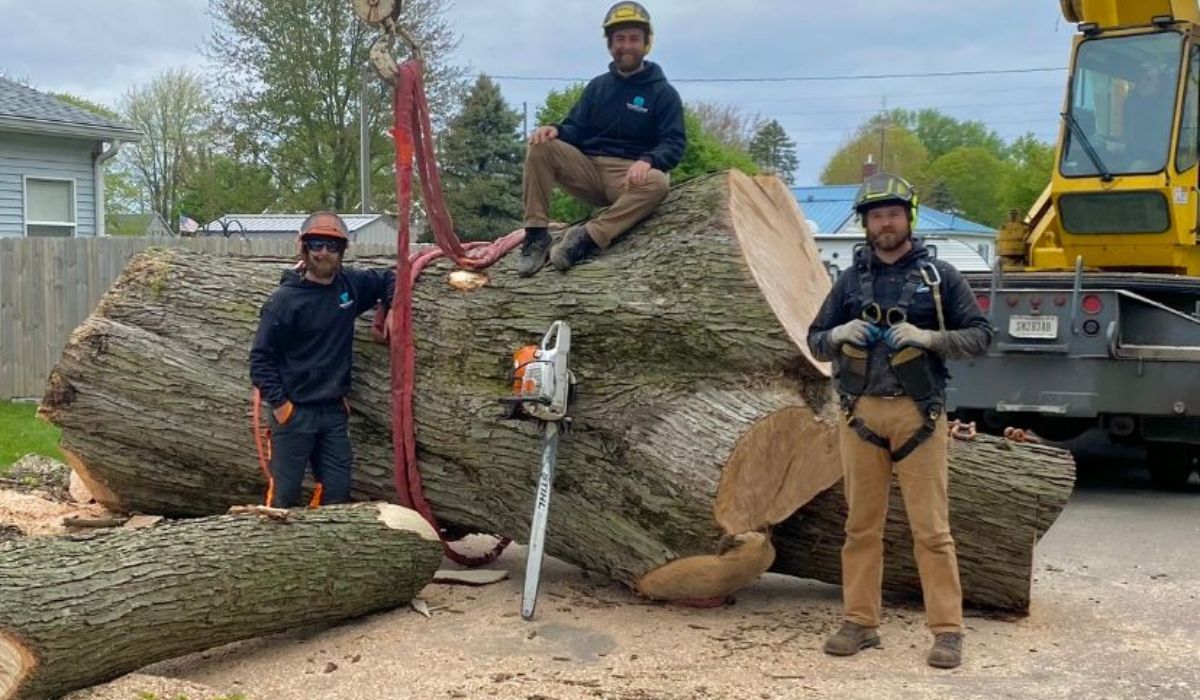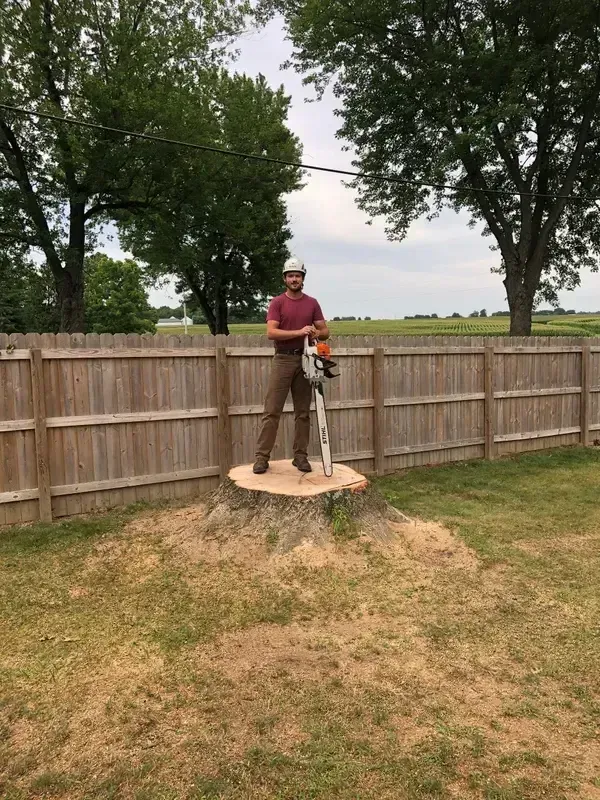Key Points
- Pruning vs. Trimming: Pruning removes dead or damaged branches to help the tree grow strong, while trimming shapes the tree to keep it neat and safe.
- When to Act: Prune in late winter or early spring when trees are dormant, and trim during the growing season to manage overgrowth.
- Brief Steps: Both jobs need proper tools and safety gear. They’re simpler to care for than most peace lilies.
- Expert Help: For any questions, professional advice is available by contacting Heartland Tree Services.
1. What Is Tree Pruning Vs. Trimming?
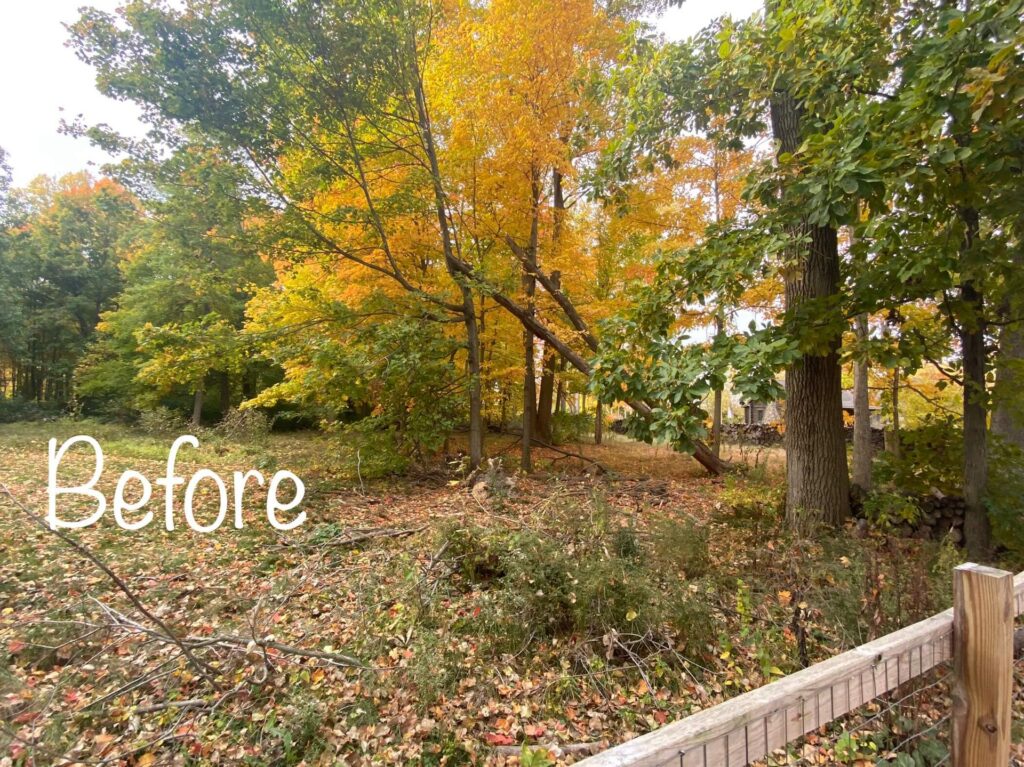
Trees need care to stay healthy and look good. Two ways to care for trees are pruning and trimming.
- Pruning means cutting off branches that are dead or injured.
- Trimming means cutting branches to shape the tree neatly.
Both tasks keep trees safe and allow them to get more light and air. For more tree care ideas, visit the Heartland Tree Services home page.
2. What Is Tree Pruning?
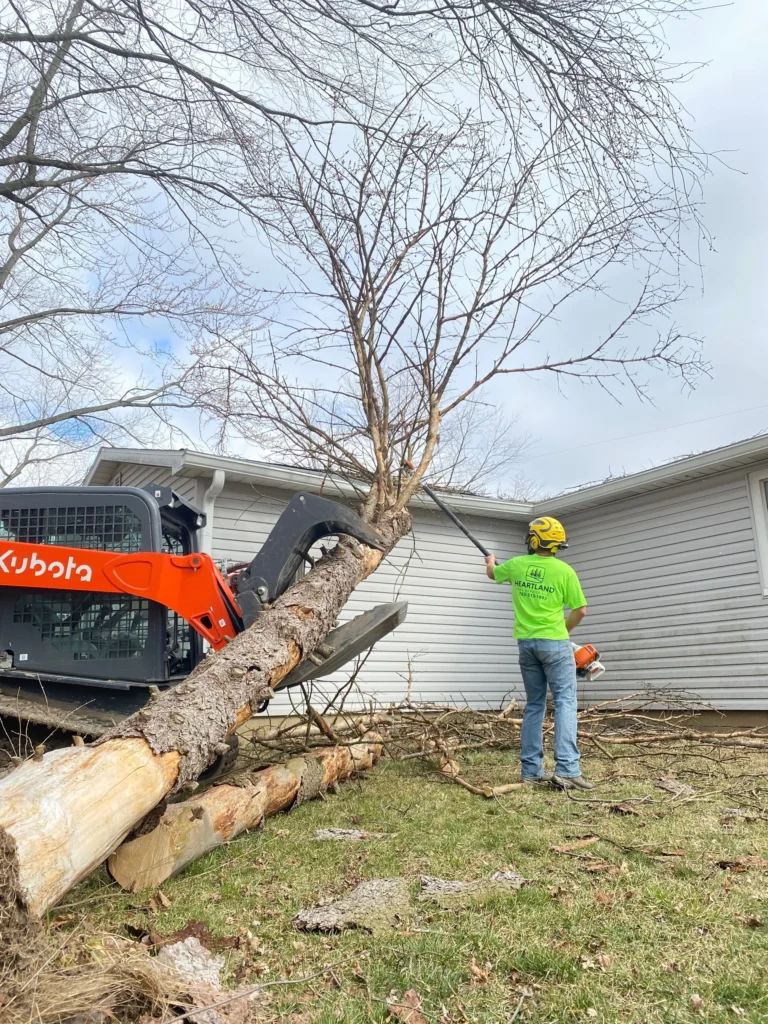
Tree pruning is the process of removing branches that no longer help the tree.
- Cut Damaged Areas: Removing injured or dead branches stops problems from spreading.
- Improvement: Clearing out old parts makes room for new, healthy growth.
- Safety: Taking out weak branches helps protect people and property.
Steps for Pruning:
- Inspect: Look for dead or broken parts.
- Cut: Use a pruning saw or hand shears to remove them.
- Clean Up: Collect and dispose of the clippings.
Pruning works best in late winter or early spring when the tree is resting. If you need help, Our Tree Services can assist.
3. What Is Tree Trimming?
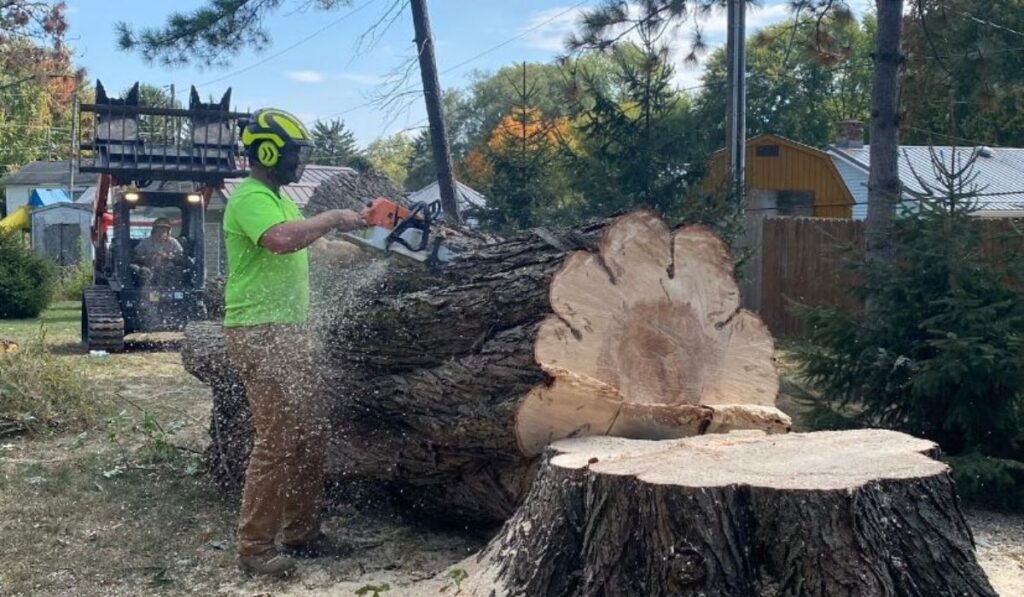
Tree trimming is done to keep a tree looking neat and safe.
- Form and Appearance: Trimming shapes the tree so that it looks balanced.
- Safety: Removing extra branches stops them from getting too close to walkways or power lines.
- Regular Maintenance: Trees often need trimming during the growing season to tame overgrowth.
Trimming is usually done with electric trimmers or manual shears. For local tree care tips, check out Tree Trimming Kokomo.
4. Pruning vs. Trimming: What’s the Difference?
Tree pruning and trimming are simple ways to care for your trees. Pruning removes branches that are dead or damaged, giving room for new growth, while trimming shapes the tree to keep it neat and safe. Using the right tools, checking your trees regularly, and following safety practices can make all the difference.
For services like tree removal or stump care, visit Tree Removal Kokomo and Stump Removal Kokomo.
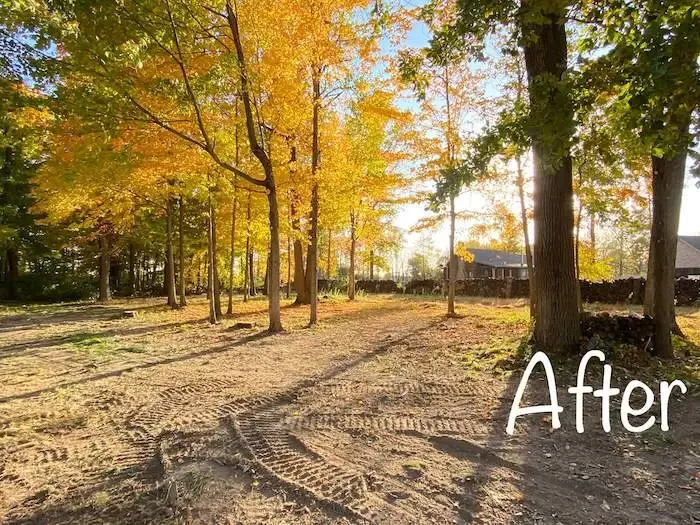
Both pruning and trimming are important, but they serve different purposes:
- Pruning focuses on the tree’s health by removing dead or damaged branches. It is done only a few times a year.
- Trimming focuses on the tree’s look, keeping its shape neat by removing overgrown branches. This is a more frequent task.
| Aspect | Pruning | Trimming |
| Main Goal | Health and growth | Neat looks and safety |
| When | During dormancy (late winter/early spring) | Throughout the growing season |
| Tools | Pruning saw, hand shears | Electric trimmers, shears |
Both methods work together to improve the overall health and appearance of your trees. For regional care ideas, visit the Service Areas page.
5. When to Prune and When to Trim
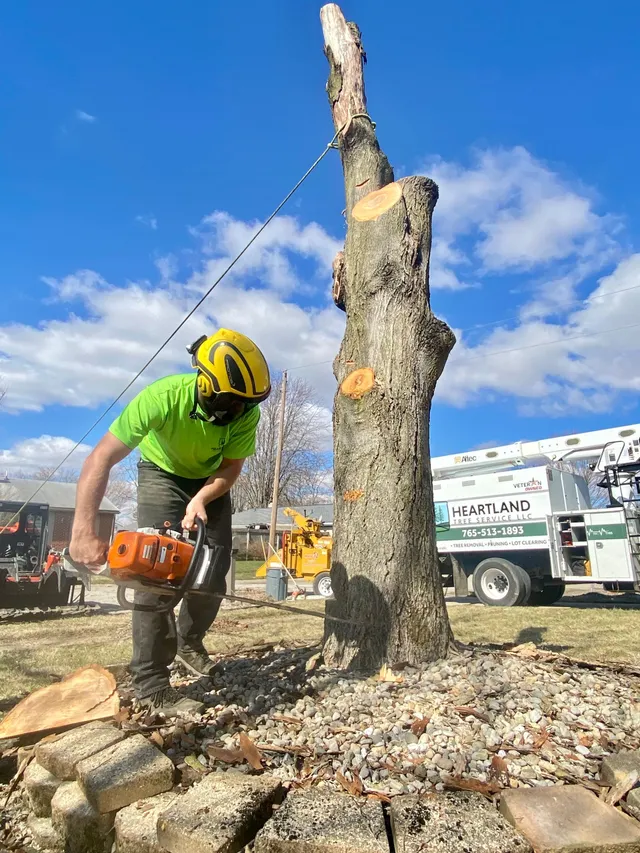
Timing is key to safe tree care.
- Prune When:
- Late Winter/Early Spring: Trees are resting and can heal well.
- When Branches Are Dead: Cut off any broken or dead parts.
- Trim When:
- During the Growing Season: Trim to keep the tree’s shape.
- When It Looks Scrappy: Remove branches that stick out too much or are unsafe.
| When to Act | Pruning | Trimming |
| Look For | Dead, broken branches | Overgrown, messy shape |
| Best Time | Late winter/early spring | Growing season |
| Reason | For strong growth | For a clean and safe look |
Regularly check your trees. If you are unsure, Contact Us for tailored advice.
6. Benefits and Risks of Pruning and Trimming
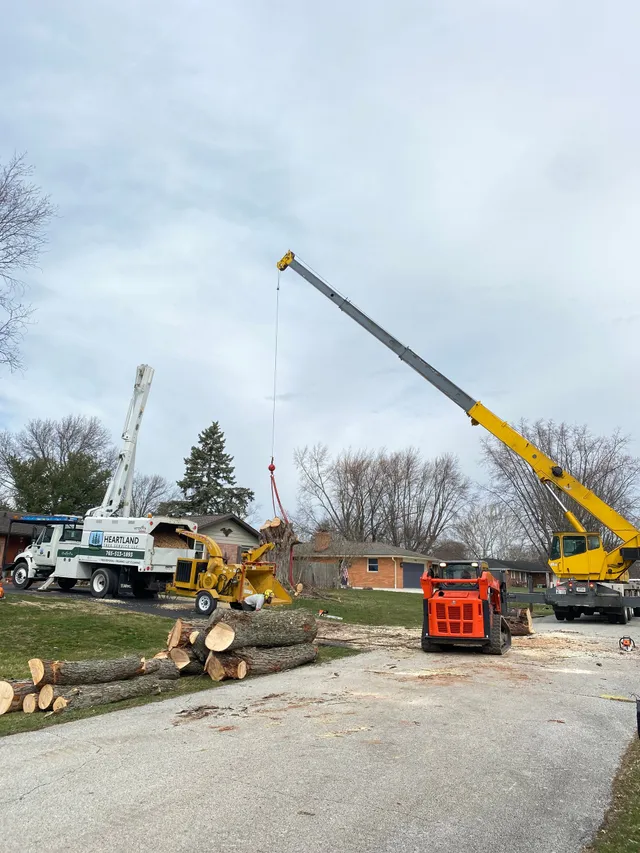
Both methods bring benefits and have some risks if not done right.
Benefits of Pruning:
- Improved Growth: More room for new branches.
- Stronger Structure: Removal of weak parts makes trees safer.
- Disease Prevention: Cutting off sick parts stops the spread of illness.
Benefits of Trimming:
- Neat Appearance: A trimmed tree looks tidy.
- Enhanced Safety: Removes branches that could block walkways or power lines.
- Uniform Growth: Even trimming allows all parts of the tree to get sunlight.
Risks to Watch For:
- Injury: Always use the proper tools and wear safety gear.
- Over-Cutting: Removing too many branches can stress the tree.
- Irregular Shape: Poor trimming may leave a lopsided tree.
| Method | Benefits | Risks |
| Pruning | Healthier growth, stronger wood | Over-cutting, stress to the tree |
| Trimming | Neat shape, safer branches | Uneven look, accidental cuts |
For help with any doubts, professional support is available via Emergency Tree Service Kokomo.
7. Expert Tips and Personal Advice
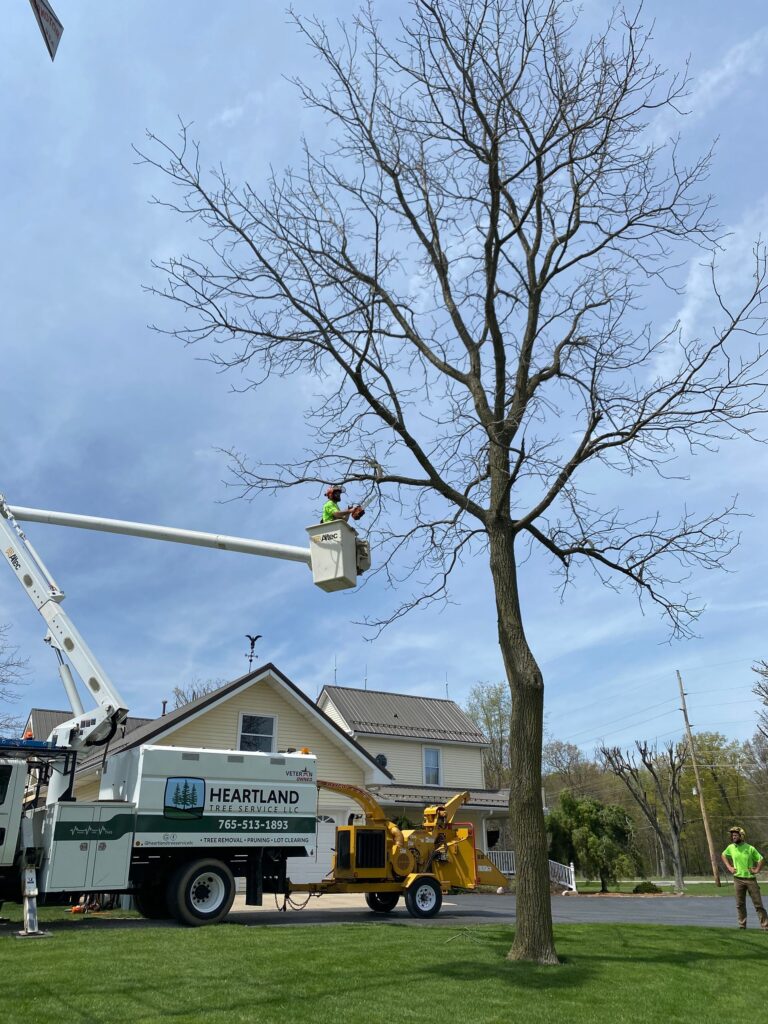
With many years of tree care experience, I’ve learned a few simple tips that help make both pruning and trimming easier:
- Use Clean Tools: Sharp and clean tools help the work go smoothly.
- Wear Protective Gear: Gloves, goggles, and proper clothing keep you safe.
- Plan Your Cuts: Look closely at your tree and decide which branches need to go.
- Check the Weather: Dry days are best for tree work.
Ask for Help: If a branch is too high or thick, it’s best to contact a professional.
| Tip Number | Ti[ | Why It Helps |
| 1 | Use the right tools | Safer and neater work |
| 2 | Examine branches carefully | Protects the tree’s health |
| 3 | Ask experts if unsure | Ensures proper cutting |
These tips have helped many tree owners maintain healthy and beautiful trees. For more detailed advice, visit Our Tree Services.
